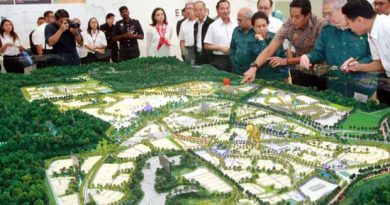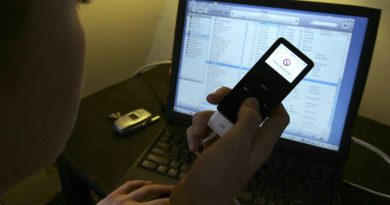Covid-19: May take 6 weeks for Selangor to see drop
KUALA LUMPUR: It may take four to six weeks for Selangor to show a downward trend in Covid-19 cases with sustained compliance to the standard operating procedures (SOP), said experts. Sabah, however, is not out of the woods, as it is still seeing many cases.
Epidemiologist Datuk Dr Awang Bulgiba Awang Mahmud said this was because it was difficult to say how long a Conditional Movement Control Order (CMCO) was required before a declining trend could be seen.
“Selangor’s RT (real time transmission rate) is supposed to be high, but the base is not that big. So the number of new cases is not that high yet. However, we are still not seeing more discharges than new cases on a sustained basis in Selangor.”
He also said circumstances made it hard to say what was the RT and dip in cases that needed to be achieved for the CMCO to be lifted.
On whether the two-week window was sufficient for tracking and testing of Sabah returnees, Dr Awang Bulgiba said it was like closing the stable door after the horses had bolted.
“It’s too late — many had come back last month. About 400 have tested positive and 60 per cent of these came back before Sept 27.
“This segment was probably asymptomatic and may have spread the disease to others unknowingly.
“Therefore, it is no longer possible to estimate how much time is required to track down all those who came back before the home surveillance and testing orders came into effect for them and their contacts.”
He said the issue was not the SOP or the CMCO, but compliance.
“The SOP now is very strict. Any stricter will mean a return to the MCO, which is not a palatable option and unnecessary. It is compliance which is the issue. If everyone complies to the SOP, then the CMCO will work.”
Dr Awang Bulgiba said Sabah was still a red zone despite the boost in resources this week.
He said it was unlikely for Malaysia to hit a daily count of 4,500 active cases by month-end as suggested by the Health Ministry.
“If the situation improves in Sabah in the next two weeks, we will not get there. But the next two weeks is crucial. We have yet to peak in new cases and if we do within this window, plateau and achieve a downward trend over the following week, then I am hopeful we’ll see some improvement within six to eight weeks.”
He said Sabah was not yet “out of the woods” as it was still seeing more cases than it could “comfortably handle”.
“The number of severe cases seem to be rising rapidly in Sabah. There are more than 3,000 active cases in Sabah now. The fear is that the situation is threatening to overwhelm the Intensive Care Units in hospitals there.”
Universiti Putra Malaysia’s Epidemiology and Biostatistics expert Dr Malina Osman said a fundamental concern among the medical fraternity was the protection of Covid-19 free zones. This, she said was why the scientific community proposed a 14-day quarantine for Sabah returnees at designated centres, alongside tests and the closure of borders.
She said for now cases were expected to be in the region of three digits for some weeks, hence, there was no telling whether this third wave of infections would bleed into the new year.
“The situation in Sabah is not good. There is also a possibility of new clusters, especially due to the massive balik kampung exodus on Monday and Tuesday.”
Health systems and policies specialist Dr Khor Swee Kheng said the “mega-priority” for the government was Sabah as there was a high rate of community transmission and the state needed assistance in terms of manpower, equipment and funds.
He said the physical and mental health of frontliners must also be safeguarded.
“Sabah is a test we must pass together,” he tweeted.
Source: NST




